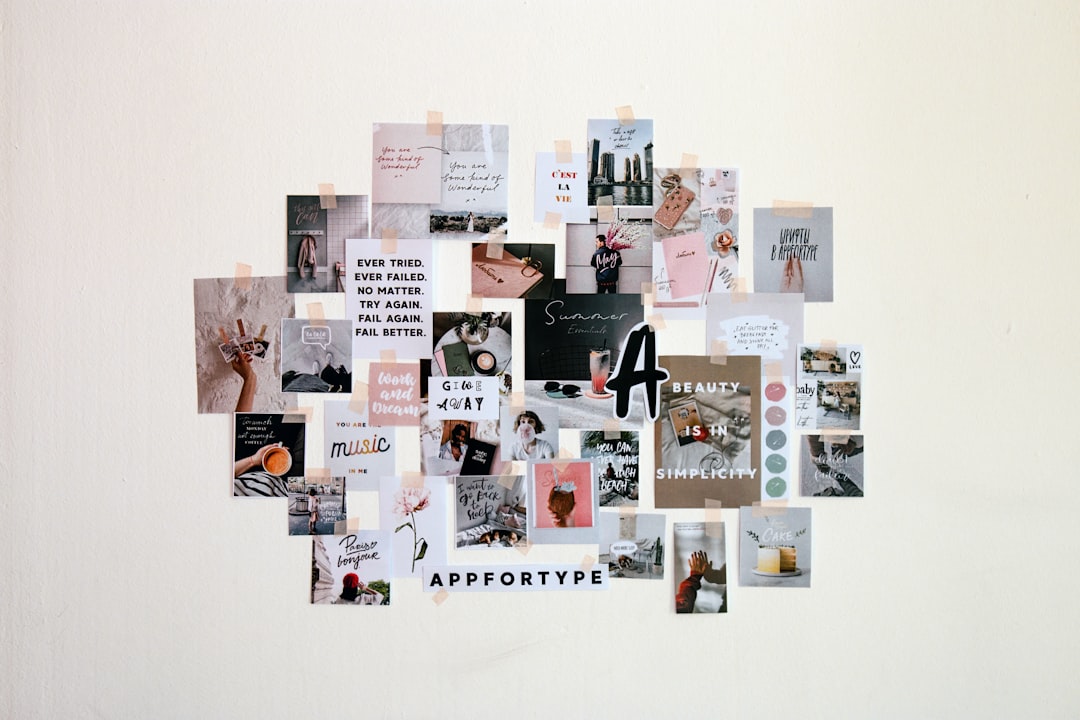In the age of digital connectivity, social media platforms offer users a complex blend of visibility and privacy. Among these platforms, Instagram stands out for its attention to customizable privacy settings. One of the most potent tools users employ to regulate their presence online is the private account. By switching their profile to private, users can exert greater control over who sees their content. This article explores how private Instagram accounts impact the visibility of stories, with a particular focus on the roles of follow requests and the Close Friends feature.
Understanding Private Accounts on Instagram
A private Instagram account restricts content visibility solely to approved followers. When someone opts for a private account, any content they post — including photos, videos, stories, and reels — is hidden from the broader Instagram audience unless the viewer has been granted follow access. This approach helps users create a curated and intimate online space.
Users may choose to keep their accounts private for several reasons, including:
- Protecting personal information from the public eye
- Creating a safe space for close friends and family
- Maintaining a professional boundary between personal and public persona
This setting transforms the dynamic of interactions on the platform, particularly when it comes to the visibility of Stories.
How Follow Requests Work
When a non-follower attempts to access content from a private account, they are prompted to send a follow request. This request must be manually approved by the private account owner. Until approval, the requester cannot view any content beyond the user’s bio, follower count, and profile picture.
This mechanism ensures an added layer of control. Rather than having content automatically visible to all users, the account owner can vet requests and determine who is worthy of access. This becomes particularly relevant when considering story content, which is often more casual, frequent, and personal than static posts.
Pending Follow Requests
While a follow request is pending, the status of being “requested” means that the non-follower is in a holding pattern. They cannot view the user’s Stories, Posts, or Reels. This is an essential distinction — a follow request does not equate to access. Only when accepted can users move from the peripheral fringes into full visibility.

Instagram Stories and Their Visibility Settings
Instagram Stories are designed to be ephemeral, disappearing after 24 hours unless archived or saved to a profile highlight. While their short lifespan encourages more candid sharing, Stories have robust privacy settings. For private accounts, only approved followers are able to view Stories — and this interaction is logged, allowing the poster to see exactly who viewed each frame.
Visibility Within Approved Followers
Once a user is approved as a follower, they automatically gain access to the full spectrum of content, including Stories. However, this visibility is not absolute. Instagram empowers users to further refine their audience using controls such as:
- Hide Story From: Lets users manually choose specific followers who should not see their Stories
- Close Friends: Allows users to create a select circle with exclusive Story access
These features allow for moderation even within an approved follower base, creating additional tiers of visibility.
The Close Friends Feature: Limiting Story Reach
Introduced as a response to the need for more granular content control, the Close Friends feature enables users to share Stories with a limited, personally curated group. This setting is especially useful for those who wish to share content only with trusted companions without broadcasting it to their entire follower list.
When a Story is shared only with Close Friends:
- It is marked with a green ring instead of the standard pink/purple gradient
- Only individuals on the Close Friends list can view the Story
- Others won’t know they’re excluded — the existence of the Story is hidden from them entirely
This mechanism can be particularly important for influencers who maintain a private account to separate professional and personal sharing. For example, an influencer might accept followers from their fan base but add only real-life friends to their Close Friends list. Consequently, while fans can see general posts and regular Stories, more intimate content remains restricted.

Dynamic Control and Flexibility
One valuable aspect of the Close Friends feature is its flexibility. Users can modify the list in real-time, adding or removing users as necessary. While it demands upkeep, this feature offers a tailored sharing experience on a platform known for its wide reach and social exposure.
Interactions and Limitations
Visibility settings on Instagram aren’t just about who can view content — they also regulate interactions. Users who are not approved as followers cannot:
- Send direct messages in response to Stories (unless the message settings are configured to ‘Everyone’)
- React to Stories with emojis or quick replies
- Mention the user in their own Stories (it becomes an unlinked and untagged mention)
This effectively insulates private account holders from unsolicited interactions, preserving their emotional and mental bandwidth. It’s also important for protecting against harassment or unwanted attention, which can be more closely managed in a private setting.
Why These Features Matter
The significance of these privacy tools lies in their role within modern digital culture. As social engagements increasingly shift online, users must have mechanisms to control their presence with precision. The combination of private accounts, follow approvals, and Close Friends settings allows users to:
- Maintain personal boundaries
- Regulate social exposure
- Share content confidently with tailored audiences
Moreover, these tools are not just preventative. They actively facilitate genuine, secure interaction by creating spaces where users feel safe and seen. For younger audiences especially, these privacy settings empower them to navigate social environments without the pressure of constant public scrutiny.
Best Practices for Managing Privacy on Instagram
To make the most of Instagram’s privacy features, users should incorporate the following best practices into their social media routine:
- Review your follower list regularly and remove unauthorized or unfamiliar accounts.
- Use the “Close Friends” tool to segment your audience intelligently.
- Adjust DM settings to only allow messages from followers or Close Friends, based on your comfort level.
- Monitor viewership on your Stories to detect any suspicious or unfamiliar viewers.
- Educate yourself about Instagram updates, as privacy features evolve alongside platform innovations.

Conclusion
Instagram’s architecture for private accounts is more than a binary choice of public or private. Through features like follow approvals and the Close Friends list, users can sculpt a social experience that aligns with their comfort and goals. Story visibility, once a simple byproduct of being on someone’s follower list, is now a nuanced matrix of trust, selection, and flexibility.
As social media continues to intersect with personal identity and mental health, having the ability to define who sees what — and when — becomes increasingly vital. Instagram’s features for limiting Story visibility offer important tools for engagement on your own terms, reinforcing the platform as a space that can be both expressive and controlled.